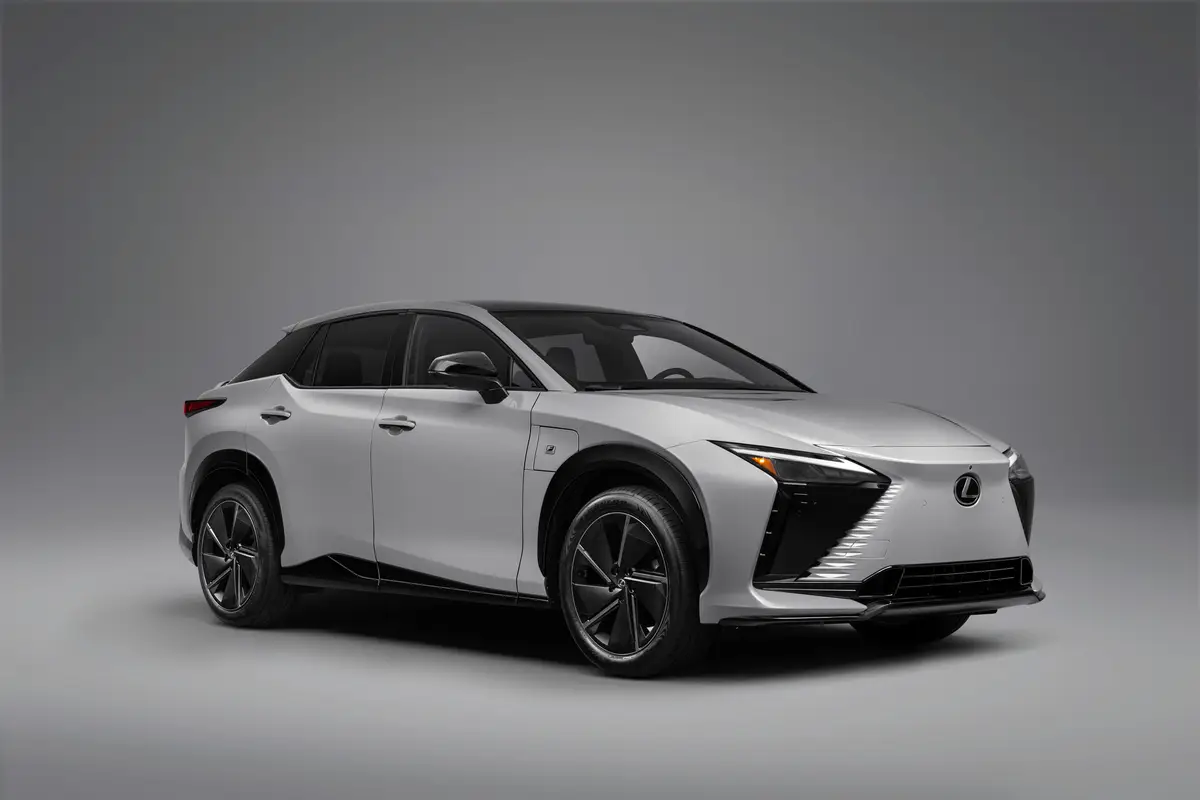washingtonpost.com's view
Sometimes, you have to escape — or at least give it a darned good try.
I flipped the latch anchoring the hardtop, power retractable roof of the 2009 Mazda MX-5 Miata Sport roadster. I pushed a button. The roof rose and slid backwards, exposing me and the Miata Sport’s cabin to the full glory of a young spring day.
I was going nowhere in particular, which is the kind of driving you do in tiny, two-seat roadsters. Their only excuse for being, when you get down to it, is driving for the sake of driving — the kind of driving some people might find wasteful in these hard times, but the kind of motorized tonic that is necessary to quench the souls of people who believe that somewhere, somehow, even in all of this economic mess, there remains something akin to the romance of the road.
I found it on a stretch through Virginia Shenandoah’s Valley, on one of those roads with two opposing lanes winding past farms — or what appeared to be farms (I’m a city boy with a city boy’s ignorance of such things) — that seemed to show some signs of economic, or, at least, culinary viability.
The Miata Sport, a rear-wheel drive in the tradition of traditional sports cars, has a small 2-liter, inline 4-cylinder engine. But it makes 167 horsepower, quite decent oomph for a car weighing 2,562 pounds.
The fun-to-drive part — the control-freak aspect — comes in the six-speed manual gearbox. You really have to work it in rhythm with the clutch, especially on dip-and-curve rural roads, to keep the Miata Sport going without stalling or sputtering. It becomes a self-involved contest that is simultaneously liberating.
Noise is a factor, as it is in most roadsters. And that’s noise top-up or top-down. The small engine emits a bee buzz, especially at higher revolutions. And that retractable hardtop, albeit beautifully designed and engineered, has a tympanic quality when raised and when the Miata Sport is rolling over rough roads.
When the Miata was introduced in 1989, it was brought to us as the roadster with a smile — a happy-faced car that critics and supporters alike said appealed more to women than to men.
Now, Mazda’s designers have given the little car a grille of wider mouth. It is a more aggressive face that looks masculine but also a bit silly and reminiscent of a comic cartoon. It doesn’t matter. The fun-to-drive factor remains in large measure, and it is enhanced by the styling, engineering and ease of operation of the convertible hardtop.
Throughout the car’s history, people have complained that the Miata is not one of the fastest or most powerful sports cars on the road. They are right. It was never meant to be, although there are legions of Miata owners, those devotees of weekend Miata track racing, who beg to differ.
But both arguments miss the point.
The car is a joy machine, an escape pod. It is less interested in winning races than it is in winning smiles from a driver lucky enough to take it on the road on beautiful day when going nowhere in particular is the best place to go.
In that regard, the Miata is what the classic roadster was meant to be — a freedom machine for control freaks in which one passenger is optional. It is, on occasion, the perfect car for all of us.
Latest news

2025 Polestar 4 Review: Not Looking Backwards


